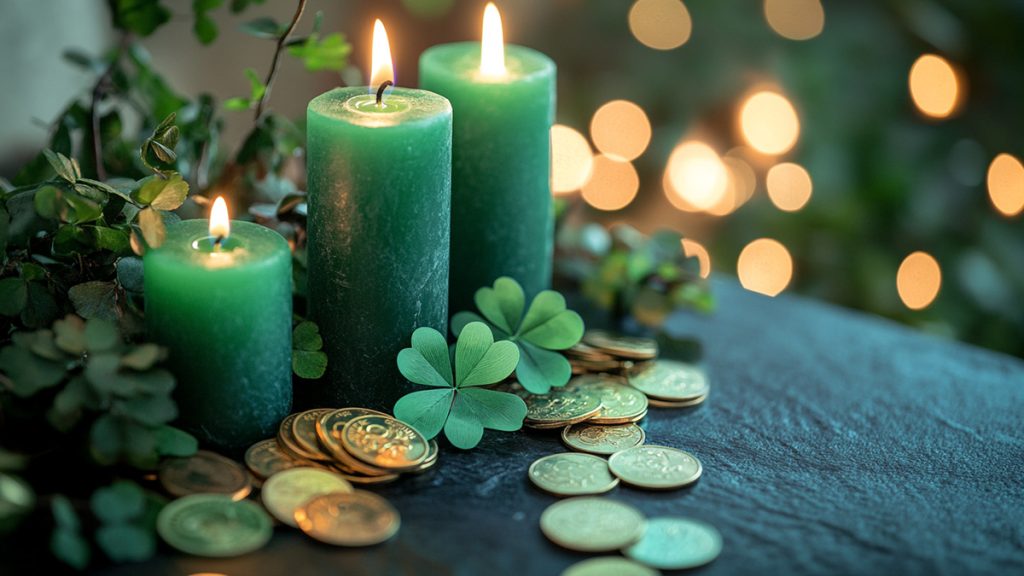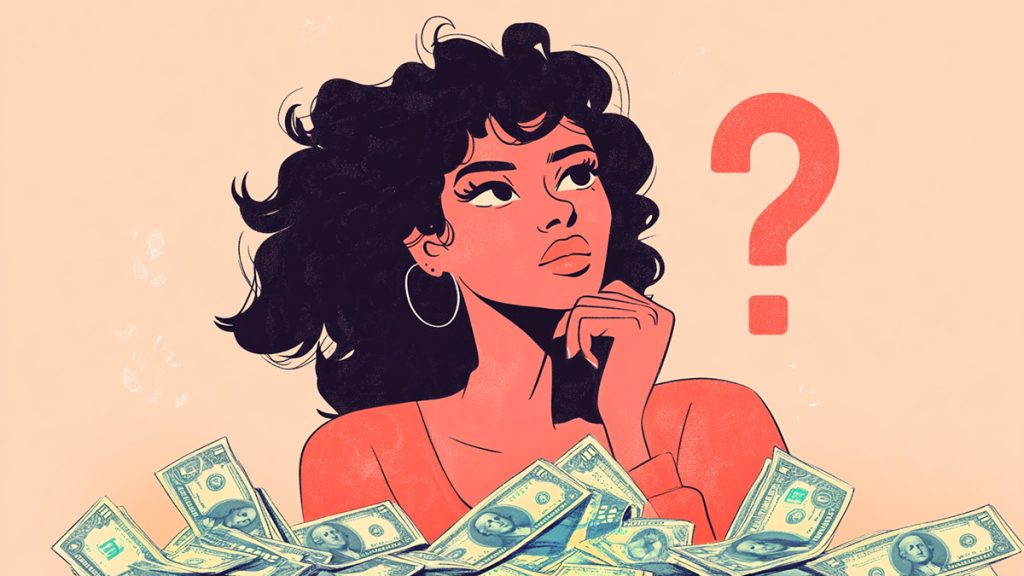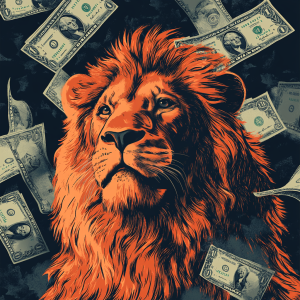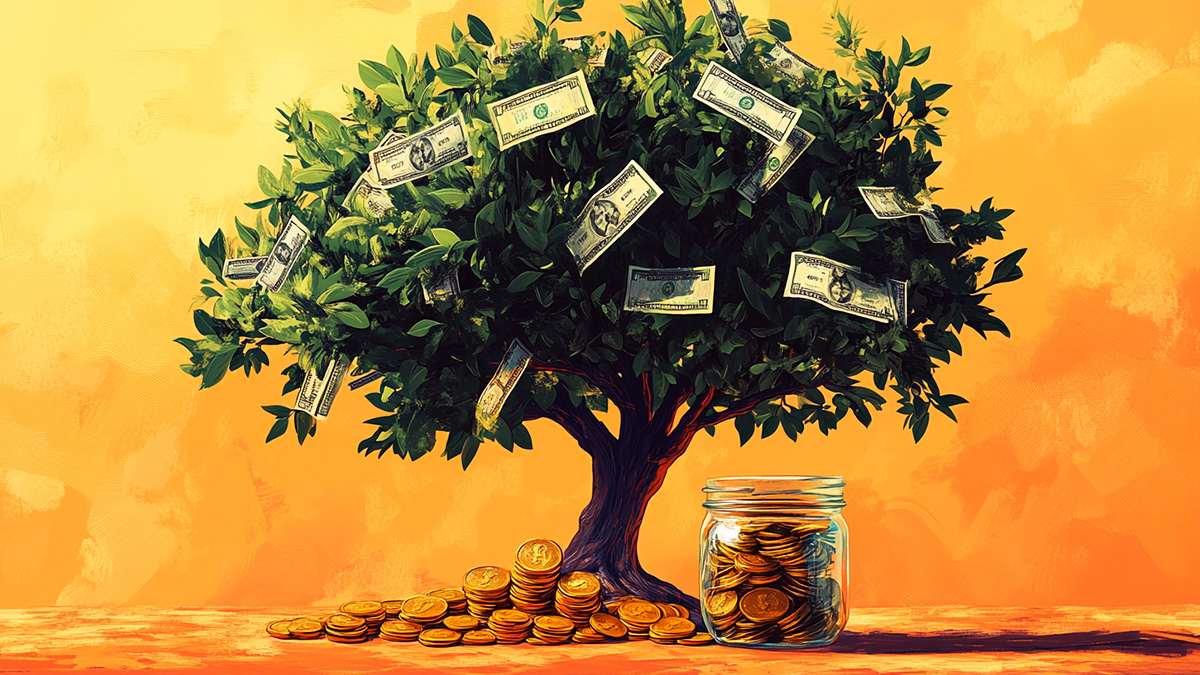Last Updated on January 27, 2025 by Avia
Symbols have a strong influence on how we think and feel. They can shape our goals, guide our choices, and remind us of the values we hold dear. They can motivate us to save, invest, or start a new side hustle. A report from the Federal Reserve noted that about 36% of adults in the U.S. found it hard to cover an expense of $400. A challenge shows why it is so important to feel motivated and have a clear plan for building wealth. Symbols of wealth can be part of that roadmap, providing hope, reminders, and a sense of direction.
Table of Contents
The Power of Symbolism in American Culture
In the United States, symbolism runs deep. From the Statue of Liberty representing freedom to the bald eagle signifying strength, Americans hold powerful icons close to their hearts. When it comes to money, the use of imagery has a long history. For example, the U.S. one-dollar bill has details, such as the Great Seal and an eagle, both pointing to concepts of prosperity and longevity.
- Everyday influence. A symbol can be something as simple as a coin you keep in your wallet for good luck, or a vision board pinned with photos of your dream home or a vacation spot. These images serve as daily reminders of the goals you are working toward.
- Emotional connection. Positive emotions often encourage us to think more carefully about saving and investing. By seeing a meaningful icon, such as a family heirloom or a small statue that represents prosperity, you trigger a sense of responsibility and hope.
- Cultural roots. Symbols vary across different communities. Some might be inspired by the hustle of big cities such as New York, while others might connect with the pioneer spirit of rural areas. No matter where you live, an image or object that feels uniquely “yours” can help keep you focused on your financial dreams.
Common Symbols of Prosperity in the United States

People embrace various items and ideas to encourage wealth-building. For instance:
- Lucky pennies. Many people pick up a penny on the ground for a bit of good fortune. Some people place these pennies in jars as a tiny reminder that every cent counts.
- Four-leaf clovers. Although originally linked to Irish culture, the four-leaf clover has become a widely recognized money wealth symbol for good fortune.
- Green candles. Green is associated with growth and abundance.
- Gold coins or bars. Gold has a solid reputation for value and stability, leading people to view it as a symbol for abundance.
- Small tree or plant. The concept of money trees, often sold as braided pachira trees, is popular among those who want a visual sign of growth.
Real Experience and Success Stories
It can be helpful to read about others who have used wealth symbols to guide their decisions. We have prepared three short stories of people who claim these symbols helped them stay focused and motivated.
Jenna’s Background
Jenna, a 32-year-old marketing assistant living in Wisconsin, felt stuck in a cycle of credit card debt. After her car broke down, she needed fast cash to fix it so she could continue working. She decided to apply for a short-term loan with 15M Finance. Before sending her application, Jenna placed a small golden charm, a family heirloom, beside her laptop. She treated this charm as a personal marker of responsibility and potential growth.
Receiving the loan allowed her to fix her car quickly. Along the way, the golden charm on her desk kept reminding her to think carefully before spending. She set up a strict repayment plan, cutting back on takeout meals and skipping a few nights out. Two months later, she paid off her loan in full. Jenna believes the charm helped her stay disciplined.
Marcus and the Penny Jars
Marcus, a 40-year-old single father in Florida, grew up hearing that saving pennies was pointless. When he started learning about different symbols of wealth and prosperity, he decided to test this idea. He began tossing all his spare change into a big mason jar marked with a green label.
He told his two children that the jar was their “Adventure Fund,” and they decorated it with stickers of places they wanted to visit. Over a year, the jar filled up faster than Marcus expected. Between the quarters, dimes, and pennies, he saved $300, enough for a modest weekend camping trip with his kids. He said, “Watching the jar fill up was a strong indicator that little bits count. It helped me feel like a rich dad.”
Barbara’s Money Tree
Barbara, an IT consultant from California, kept hearing about the idea of a “money tree” and how it could show what represents prosperity in some cultures. She bought a small potted pachira plant and put it in her home office. Each day, she wrote one positive thought about her finances on a slip of paper and placed it near the plant.
Over the months, she noticed a shift in her mindset. Instead of worrying about her student loan debt, she focused on finding new projects and building an emergency fund. When Barbara received a bonus at work, she stuck a note under the pot that read: “This is only the beginning.” She learned that consistent effort, such as watering a plant, leads to results. It inspired a mindset of money attraction where I felt confident in my ability to earn and save.”
What Is Said About Wealth Symbolism?

Why do these stories matter? Research shows that symbolic gestures can indeed foster positive habits. Though a symbol itself cannot fix a bad budget or repay a credit card bill, it serves as a mental trigger for better behavior.
- Behavioral finance. Visual cues, such as pictures of desired goals, can increase savings rates and enhance goal achievement. It happens because symbols or images direct our focus toward future rewards, helping us avoid impulsive spending.
- Placebo effect in finances. Psychologists sometimes call this the “placebo effect.” You believe a symbol holds a certain power, and that belief encourages actual change. The ASPPA found that most Americans who set clear financial goals reported feeling more confident in their ability to handle emergencies.
- Cultural impact. Households follow rituals such as collecting coins or writing down wishes for the new year. People believe in or practice some form of folk tradition related to luck or fortune.
Here we see a pattern: symbols help reinforce good habits. They can transform vague dreams into tangible reminders. While they will not single-handedly erase debt or boost your credit score, they serve as steady companions on your journey to financial stability.
Steps for Using Wealth Symbols in Your Finances
Bringing symbols of wealth into your everyday life does not have to be complicated or mystical. Instead, think of them as small helpers that keep you motivated.
- Pick a symbol that speaks to you
It might be a keychain with a special coin. It also could be a simple photo of a future home or a green bookmark in your budgeting notebook. Choose something that matches your goals and personality.
2. Place it where you will see it often
If it is a coin or charm, keep it near your computer or inside your wallet. If you prefer a vision board, hang it on a wall you pass every day. Such a constant view strengthens the habit of mindful spending.
3. Pair it with an action
Each time you look at the symbol, set aside $5 in savings, or pay a little extra on a loan. Over time, small steps add up to big gains.
4. Document your progress
Keep a short journal or notes on your phone. Write down each positive move, like “deposited $20 to the emergency fund.” Seeing these entries boosts your confidence and ties it back to your chosen symbol.
5. Celebrate milestones
Give yourself a small treat when you reach a goal, such as paying off a credit card or completing a side project. Recognizing your achievements keeps you engaged.
6. Stay realistic
Symbols do not replace genuine planning. You still need a budget, a grasp of interest rates, and a plan to pay down debt. Consider them tools to enhance, not replace, real-world strategies like saving, investing, or seeking a fair loan.
Why Symbols Work from a Psychological Perspective
Experts often say we are visual creatures. We learn and recall information better when we see images rather than just words. This concept appears in finances too.
- Goal visualization. If you want to buy a new home within five years, placing an actual photo of a house can keep you mindful of your goal.
- Anchoring. Symbols can act as positive anchors, nudging you to compare your present actions with your desired future. For instance, “Should I spend $50 on a fancy dinner tonight, or should I put that money into my ‘dream home’ fund?”
- Habit formation. People are more likely to form habits when they have regular cues. A wealth symbol can serve as that cue, triggering you to log expenses, pay bills on time, or review your budget.
Conclusion
Finding ways to stay motivated and focused on money goals matters. Images and objects that remind us of success, be they charms, photos, or small tokens. While they cannot magically fix financial hardships, they can serve as daily prompts to save, invest, and manage debt wisely.
So, if you have ever wondered what represents prosperity or how to keep yourself energized, picking a meaningful symbol for abundance could be a great starting point. The world of personal finance may seem overwhelming, but small mental boosts matter more than we sometimes realize.
Take the Money Power Animal Quiz!
Match Your Money Type With Your Animal Guide
Best Power Animal to Help With Money Advice

Want more? Me too! That’s why I’ve also got this for you on Whats-Your-Sign:







